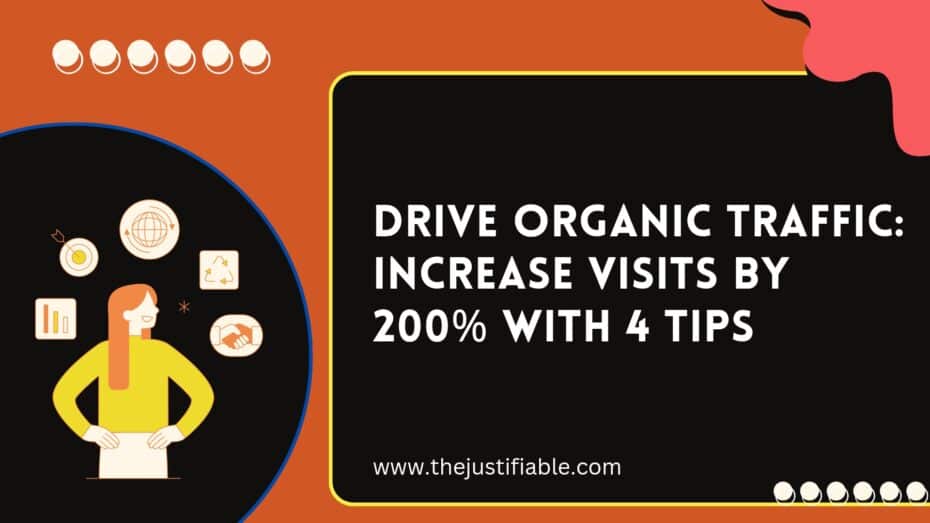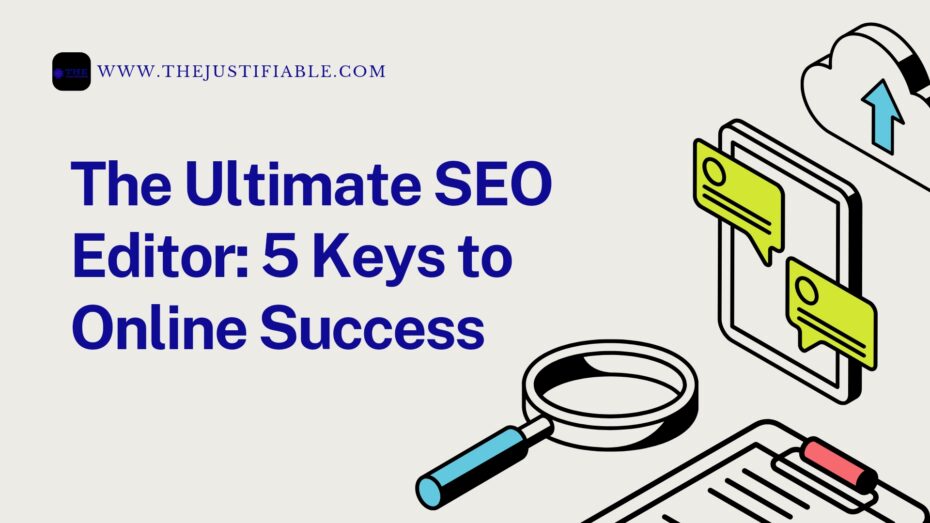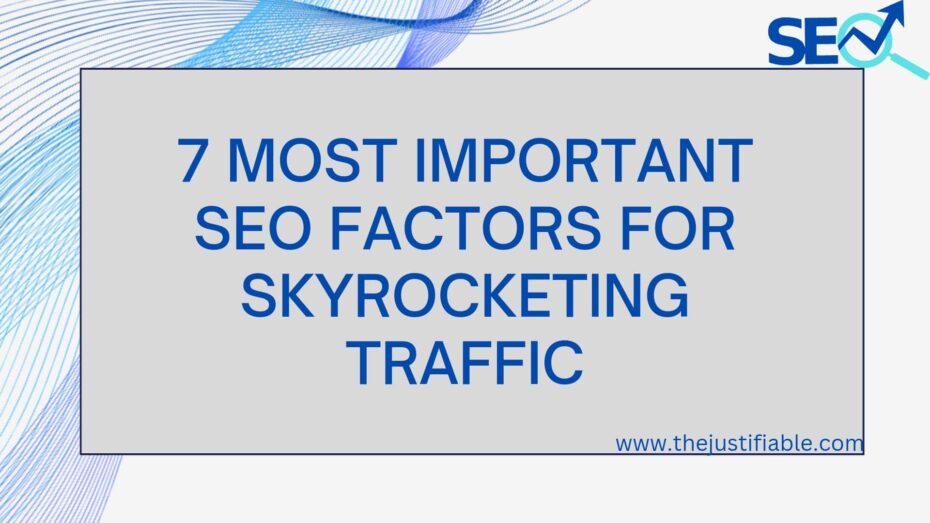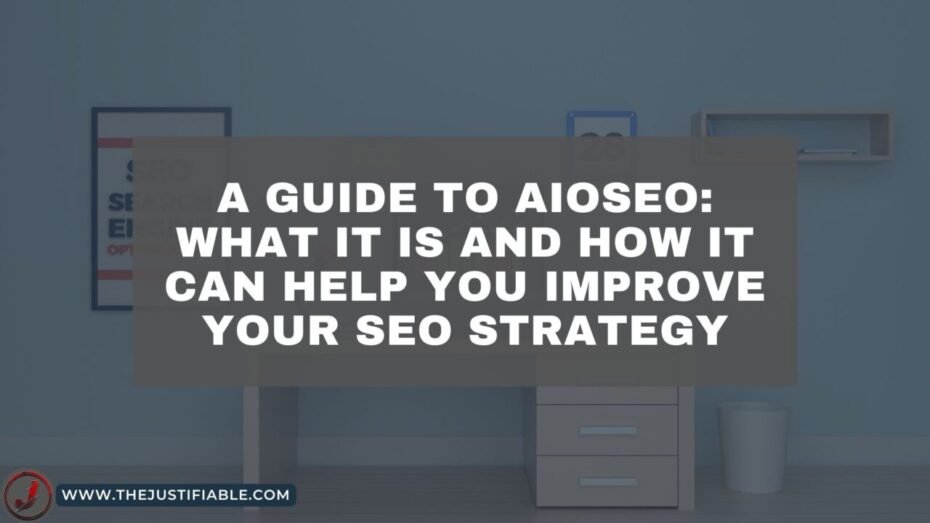Disclosure: This post contains affiliate links, which means that if you click on them and make a purchase, I will receive a commission. Read our Disclaimer for More.
Are you struggling to increase your website’s visibility and attract more visitors? Wondering how you can drive organic traffic effectively without relying solely on paid advertising? In today’s digital landscape, standing out among the vast amount of online content can seem daunting. Yet, with the right strategies, increasing your site’s organic traffic by 200% is not only possible but achievable.
Driving organic traffic to your website is crucial for building a sustainable online presence. It’s about attracting visitors who are genuinely interested in what you have to offer, which means higher engagement rates and better conversion opportunities. The beauty of organic traffic is its long-term benefits. Unlike paid traffic, which stops the moment you stop paying, organic traffic continues to grow, making your investment in SEO and content creation extremely cost-effective.
In this article, we’ll unveil 4 powerful tips to significantly boost your website’s organic traffic. Each tip is designed to not only increase your visibility on search engines but also to enhance the user experience for your visitors. From optimizing your site’s SEO to leveraging the potential of social media, we’re here to guide you through the process of transforming your website into a traffic magnet. Let’s dive in and explore how you can unlock the full potential of organic traffic to drive your online success.
Understanding the Basics of Organic Traffic
Did you know that organic search is responsible for 53% of all website traffic? This fascinating statistic underscores the critical role that organic traffic plays in the success of online businesses. As the cornerstone of digital visibility, understanding and leveraging organic traffic can significantly impact your brand’s online presence and growth.
What is Organic Traffic and Why Does it Matter?
Organic traffic refers to visitors who arrive at your website as a result of unpaid search results. Unlike paid traffic, which comes from advertisements, organic traffic is considered more valuable because it represents a genuine interest in your content or services. Most importantly, it’s a testament to the effectiveness of your SEO efforts and content quality. Here’s why it matters:
- Higher Trust and Credibility: Users tend to trust organic listings more than paid ads. Appearing in the top results for a search query enhances your site’s credibility and user trust.
- Cost-Effective in the Long Run: While SEO requires upfront effort and resources, it is more cost-effective compared to continuous spending on ads. Organic traffic, once established, provides a continuous flow of visitors without the need for ongoing investment.
- Better Conversion Rates: Visitors from organic search are often more targeted, leading to higher conversion rates. They have a specific intent, which means if your site provides the answers or solutions they are seeking, they are more likely to convert into customers or leads.
The Role of SEO in Driving Organic Traffic
SEO, or Search Engine Optimization, is the process of optimizing your website to rank higher in search engine results pages (SERPs). It’s a crucial component of driving organic traffic. Here’s how SEO plays a pivotal role:
- Keyword Optimization: Identifying and using the right keywords in your content ensures that your website is visible to the right audience.
- Website Performance Optimization: Ensuring your website loads quickly, is mobile-friendly, and provides a good user experience are all SEO practices that can significantly impact your organic search rankings.
- Content Quality and Relevance: Search engines favor websites that provide valuable, high-quality content that meets the searcher’s intent. Creating compelling content that addresses your audience’s needs is key to improving your organic traffic.
- Building Authority: SEO involves building your site’s authority through backlinks from reputable sites. This not only improves your search rankings but also drives organic traffic directly through those links.
In my experience, the most effective approach to increasing organic traffic is a holistic SEO strategy that focuses on both on-page and off-page factors. From my point of view, understanding the basics of organic traffic is not just about attracting more visitors but about attracting the right visitors who are genuinely interested in what you offer. According to industry experts, a well-executed SEO strategy can transform your website into a powerful tool for attracting organic traffic, ultimately contributing to your business’s long-term success.
1st Tip: Optimize Your Website for Search Engines
“Google only loves you when everyone else loves you first.” – Wendy Piersall. This quote perfectly encapsulates the essence of SEO and its impact on driving organic traffic. Optimizing your website for search engines is the foundational step in ensuring that your content reaches its intended audience. Here’s how you can start:
- Conduct Keyword Research: Identify keywords and phrases that your target audience uses to search for your products or services. Tools like Google Keyword Planner or SEMrush can provide insights into search volumes and competition levels. My recommendation is to focus on long-tail keywords, which are less competitive and more specific to user queries.
- Optimize On-Page Elements: Include your primary and secondary keywords naturally in titles, meta descriptions, header tags, and throughout your content. From my perspective, ensuring that each page has a unique title and description not only improves SEO but also the user experience.
- Improve Site Speed and Mobile Usability: In today’s mobile-first world, ensuring your website loads quickly and is easily navigable on mobile devices is crucial. I strongly believe that optimizing images, leveraging browser caching, and using responsive design can significantly improve site speed and mobile usability, enhancing your SEO performance.
- Create Quality Content: Content is king in the realm of SEO. Producing high-quality, relevant, and valuable content that addresses your audience’s needs is essential. From my experience, regularly updating your blog or news section with fresh content can drive organic traffic and improve your site’s ranking.
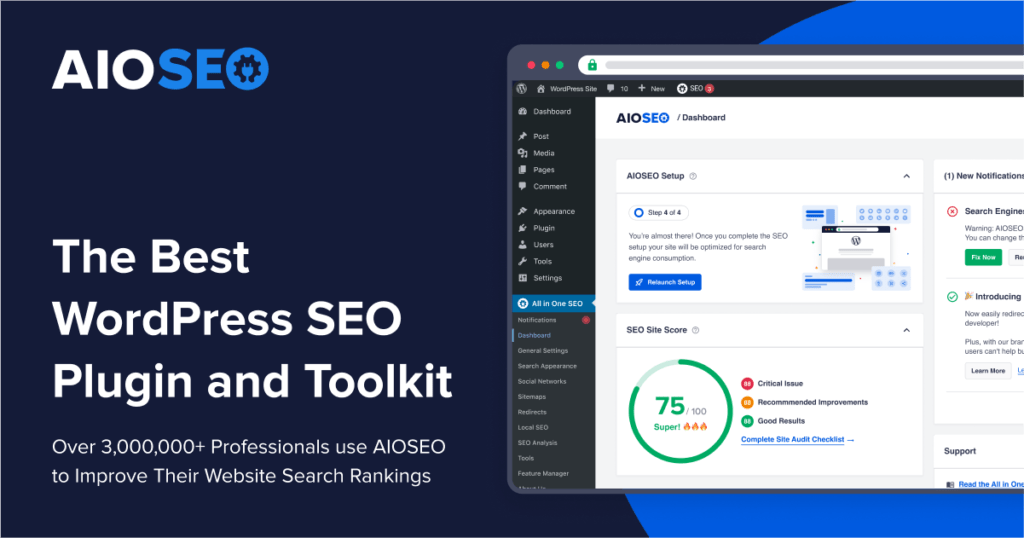

Conducting Comprehensive Keyword Research
Conducting Comprehensive Keyword Research is the first critical step in optimizing your website for search engines. It’s akin to laying the foundation for a house; without it, your efforts can easily crumble. I would say that understanding your audience’s search intent and the specific terms they use is paramount. Utilizing tools like Google Keyword Planner or Ahrefs helps in identifying not just high-volume keywords but also those long-tail phrases which often lead to better conversion rates. From my experience, incorporating a mix of both competitive and niche keywords can strategically position your content to capture a wider audience.
Most importantly, don’t just focus on the volume. Relevance is key. My recommendation is to also consider the user’s intent behind the search queries. This means not just targeting keywords with high search volumes but those that match the content of your page to what the user is seeking. It seems to me that keywords with lower competition but high relevance can often drive more qualified traffic than those with high competition.
In my view, local SEO should not be overlooked, especially for businesses targeting specific geographic locations. Including location-based keywords can significantly improve visibility among local audiences. From my perspective, this targeted approach can lead to higher engagement and conversion rates as you’re catering directly to the local market’s needs.
Enhancing Site Structure and Navigation for Better User Experience
Enhancing Site Structure and Navigation for Better User Experience is crucial for both user satisfaction and SEO. A well-structured website helps users and search engines easily find information, which can significantly affect your site’s organic traffic and engagement rates. From my point of view, a logical hierarchy and clear navigation paths are essential for a positive user experience. This involves organizing content in a way that flows naturally and is intuitive to the user.
Implementing breadcrumb navigation is one recommendation I strongly support. Breadcrumbs not only help users understand their location within your site but also provide an easy path back to previous sections. This is particularly beneficial for e-commerce sites, where users often navigate through multiple categories and products.
Mobile responsiveness is another critical factor. In my honest opinion, with the increasing prevalence of mobile browsing, ensuring your site is mobile-friendly is no longer optional. Google’s mobile-first indexing means that your site’s mobile version will primarily determine your search engine rankings. My suggestion is to use responsive design techniques to ensure your site offers an optimal viewing experience across all devices.
Implementing On-Page SEO Techniques to Boost Visibility
Implementing On-Page SEO Techniques to Boost Visibility is essential in attracting and retaining organic traffic. On-page SEO encompasses a variety of strategies designed to make your content more appealing to search engines and users alike. Firstly, I recommend ensuring that each page on your site has a unique, descriptive title tag and meta description. These elements not only inform search engines about the content of your pages but also serve as a first impression for potential visitors in the search results.
Content optimization is another critical aspect. From my point of view, it’s not just about using keywords but also about creating valuable, engaging content that answers users’ questions or solves their problems. Including relevant keywords naturally within your content helps search engines understand and rank your pages more effectively. Moreover, utilizing header tags (H1, H2, H3) to structure your content makes it easier for readers to navigate and for search engines to grasp the main topics of your page.
Internal linking also plays a significant role in on-page SEO. I believe that strategically linking to other pages within your site can help distribute page authority and guide visitors to more relevant content, enhancing user engagement and retention. This practice also helps search engines crawl your site more efficiently, potentially boosting your rankings.
2nd Tip: Create Compelling Content That Ranks
Just as a chef carefully selects ingredients to create a memorable dish, so must you meticulously craft your content to engage and captivate your audience. The creation of compelling content that ranks well in search engines is an art that combines creativity with strategic SEO practices. Here are essential strategies to help your content stand out:
- Identify Your Audience’s Needs: Understanding what your audience is searching for is the cornerstone of creating content that resonates and ranks. I suggest conducting audience research to uncover the questions, problems, and topics they care about. This insight allows you to tailor your content to meet their needs directly.
- Focus on Quality and Relevance: The mantra “content is king” holds true in the realm of SEO. High-quality, relevant content that provides value to your readers is more likely to be shared, linked to, and appreciated by search engines. I recommend investing time in creating detailed, informative posts that address your audience’s needs comprehensively.
- Incorporate Keywords Strategically: While your content should primarily serve your audience, including relevant keywords naturally within your text helps search engines understand and rank your content. From my point of view, the key is to integrate them in a way that feels natural and enhances the reader’s experience, rather than disrupting it.
- Use Engaging Visuals and Formats: Text alone can sometimes fail to capture the full attention of your audience. Incorporating images, videos, infographics, and bullet lists can break up text, making your content more engaging and easier to digest. I strongly believe that a well-structured piece with varied content types can significantly improve user engagement and shareability.
Crafting High-Quality, Relevant Content
Crafting high-quality, relevant content is akin to building a bridge between your brand and your audience. It’s not just about filling your website with words but creating a meaningful connection that educates, entertains, and engages. Most importantly, the content must resonate with your audience’s needs and interests. I suggest starting with a deep dive into your audience demographics, preferences, and pain points. This knowledge allows you to tailor your content in a way that speaks directly to them.
Secondly, authenticity cannot be overstated. In my opinion, content that reflects genuine understanding and concern for the audience’s challenges builds trust and credibility. I recommend sharing insights, experiences, and even personal stories where relevant to add a human touch to your brand. This not only makes your content more relatable but also more memorable.
Moreover, the structure and readability of your content play critical roles in user engagement. From my point of view, breaking down complex information into digestible pieces, using subheadings, bullet points, and short paragraphs, enhances readability. I strongly believe that content that is easy to scan and understand retains readers longer, improving the chances of conversion.
Utilizing Blog Posts and Articles to Attract More Visitors
Blog posts and articles are powerful tools in the digital marketer’s arsenal, capable of attracting more visitors and establishing your site as an authority in your niche. The key, I would say, is consistency and quality. Regularly updating your blog with fresh, engaging content keeps your audience coming back for more and can significantly boost your site’s SEO.
In my experience, the most effective blog posts address common questions, challenges, or interests of your target audience. I recommend using tools like Google’s People Also Ask or Answer the Public to find topics that your audience is searching for. This not only ensures your content is relevant but also increases the likelihood of it ranking well in search results.
Diversifying your content types can also enhance engagement. From my perspective, incorporating how-to guides, listicles, industry insights, and case studies can cater to different reader preferences, making your blog more appealing. I believe in the power of storytelling; sharing success stories or case studies can be particularly compelling, as they provide real-life examples of how your products or services can solve problems.
The Power of Evergreen Content in Sustaining Traffic Flow
Evergreen content is the gift that keeps on giving. Unlike time-sensitive posts, evergreen content remains relevant and valuable over time, continuously attracting traffic to your site. I believe that investing in evergreen content is one of the most cost-effective strategies for sustaining traffic flow and enhancing your SEO over the long term.
Creating evergreen content starts with identifying topics that are always relevant to your audience’s interests and needs. From my point of view, how-to guides, tutorials, and frequently asked questions (FAQs) are excellent examples of evergreen content. These pieces provide timeless value, helping to establish your site as a go-to resource in your industry.
Moreover, evergreen content should be periodically updated to ensure accuracy and relevance. I recommend reviewing and refreshing your evergreen posts annually or as significant changes occur in your industry. This not only maintains the quality and usefulness of your content but can also give it an SEO boost.
Lastly, evergreen content should be optimized for SEO with a focus on keywords that have a consistent search volume over time. From my experience, integrating these keywords naturally throughout your content helps maintain its visibility in search results. I’m of the mind that, by combining quality, relevance, and SEO optimization, evergreen content can significantly contribute to your site’s organic traffic growth, providing a reliable source of visitors year after year.
3rd Tip: Leverage Social Media to Amplify Reach
While it’s true that social media can sometimes feel like shouting into the void, when used strategically, it can significantly amplify your reach and drive organic traffic to your website. The key is to understand that social media is not just a broadcasting platform but a tool for engaging directly with your audience. Here are some strategies to effectively leverage social media:
- Identify the Right Platforms for Your Audience: Not all social media platforms will be relevant to your target audience. I suggest conducting research to find out where your audience spends their time online. Whether it’s Instagram, LinkedIn, Twitter, or Facebook, focusing your efforts on the right platforms can increase engagement and drive more traffic to your site.
- Create Shareable Content: Content that evokes emotion or provides value is more likely to be shared. I recommend creating posts that are informative, entertaining, or inspiring. Including eye-catching visuals, compelling headlines, and calls-to-action can also encourage sharing, further amplifying your reach.
- Engage with Your Community: Social media is a two-way street. In my opinion, actively engaging with your followers by responding to comments, participating in conversations, and sharing user-generated content can build a strong community around your brand. This engagement not only fosters loyalty but also increases the likelihood of your content being shared beyond your immediate followers.
- Utilize Social Media Analytics: To continually improve your social media strategy, it’s crucial to track and analyze your results. Tools like Facebook Insights or Twitter Analytics can provide valuable data on post performance, audience demographics, and engagement patterns. From my perspective, regularly reviewing this data allows you to refine your approach, focusing on what works best for driving traffic to your website.
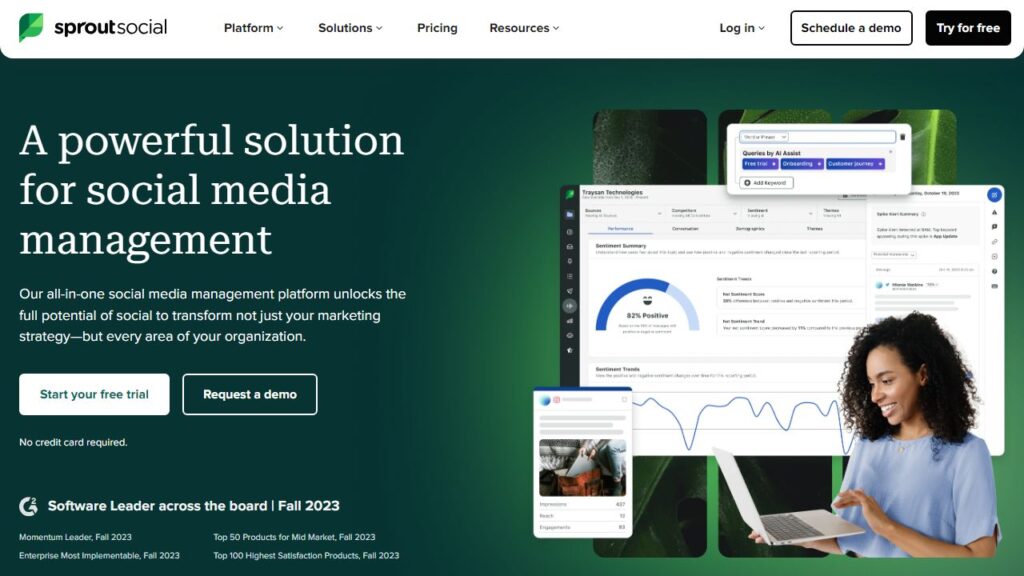

Building a Strong Social Media Presence
Building a strong social media presence is akin to laying down the digital foundations of your brand’s house. It’s about more than just posting regularly; it’s about creating a cohesive brand identity that resonates with your audience. Most importantly, consistency in your messaging, visuals, and posting schedule can help establish your brand as a reliable and recognizable entity in the digital space. I suggest focusing on platforms where your target audience is most active to maximize engagement and impact.
Creating a content calendar is a strategy I highly recommend. Planning your posts in advance ensures a balanced mix of content types—from educational to entertaining—keeping your audience engaged and interested. In my opinion, incorporating trends and relevant hashtags, while staying true to your brand voice, can significantly enhance your visibility and attract new followers.
Furthermore, I believe in the power of collaboration and cross-promotion. Partnering with influencers or brands with a complementary audience can introduce your brand to a wider audience. My experience tells me that such collaborations, when done authentically, can lead to mutual growth and increased engagement.
Engaging with Your Audience to Boost Organic Shares
Engaging with your audience on social media is not just about broadcasting your messages; it’s about fostering a two-way conversation that builds community and loyalty. I strongly believe that genuine interaction with your followers can transform passive viewers into active brand advocates. Responding to comments, asking for feedback, and participating in relevant conversations can make your audience feel valued and more likely to share your content organically.
Creating content that encourages user participation is another strategy I recommend. Whether it’s through polls, questions, or user-generated content campaigns, inviting your audience to engage directly with your brand can lead to higher organic reach and shares. In my experience, people are more inclined to share content that they have a personal connection with or have contributed to.
Hosting live sessions or Q&A’s can also deepen engagement. These real-time interactions allow your audience to connect with your brand on a more personal level. From my point of view, live sessions are an opportunity to showcase your brand’s personality, answer questions, and share insights, making your audience feel more connected and engaged.
Lastly, recognizing and sharing user-generated content can significantly boost organic shares. When your audience sees that you value and share their content, it not only encourages more user-generated submissions but also fosters a sense of community and belonging.
Harnessing the Potential of Social Media Ads
While organic reach is crucial, harnessing the potential of social media ads can complement your efforts and amplify your reach further. I understand that diving into paid social can be daunting, but targeted social media ads can efficiently drive traffic, increase visibility, and attract new followers to your brand. Most importantly, the ability to target ads based on demographics, interests, and behaviors means that your content is being seen by those most likely to be interested in your brand.
Setting clear objectives for your social media ad campaigns is something I strongly recommend. Whether it’s increasing brand awareness, driving traffic to your website, or generating leads, having a clear goal helps in crafting more effective ads. From my perspective, this strategic approach ensures that every dollar spent is moving you closer to your desired outcome.
Creating compelling ad content that resonates with your target audience is crucial. I suggest using high-quality visuals, engaging copy, and strong calls-to-action to grab attention and encourage clicks. My experience has shown that ads that offer value, such as exclusive discounts or informative content, tend to perform better.
Lastly, continuously testing and optimizing your ads is key to maximizing their potential. Running A/B tests on different elements of your ads, such as headlines, images, and calls-to-action, can reveal what resonates best with your audience. In my honest opinion, this iterative process of refining your ads based on performance data can significantly improve your ROI and ensure that your social media ad campaigns are as effective as possible.
4th Tip: Improve Your Site’s Loading Speed and Mobile Usability
It might come as a surprise to learn that a delay as small as one second in page response can result in a 7% reduction in conversions. In the digital age, where speed and efficiency reign supreme, optimizing your site’s loading speed and mobile usability isn’t just recommended; it’s imperative. Here’s how you can enhance these critical aspects:
- Prioritize Page Loading Speed: To minimize bounce rates and improve user experience, I recommend focusing on reducing your site’s load time. Tools like Google PageSpeed Insights can provide valuable insights into your site’s performance and offer specific recommendations for improvement. Compressing images, leveraging browser caching, and minimizing CSS and JavaScript can significantly boost page speed.
- Ensure Mobile Responsiveness: With over half of global web traffic coming from mobile devices, ensuring your site is mobile-friendly is crucial. My suggestion is to use responsive design, which allows your site to adapt seamlessly to different screen sizes. This not only improves usability but also positively impacts your search engine rankings.
- Utilize Accelerated Mobile Pages (AMP): Implementing AMP for your site can drastically improve loading times for mobile users. I believe that AMP, by simplifying the HTML and streamlining CSS, provides a stripped-down version of your content that loads almost instantaneously, enhancing the mobile browsing experience.
- Regular Testing and Updates: Keeping your site up to date is key to maintaining optimal performance. I strongly suggest regularly testing your site’s loading speed and mobile usability, making adjustments as necessary. Tools like Google’s Mobile-Friendly Test can help assess your site’s mobile responsiveness and identify areas for improvement.
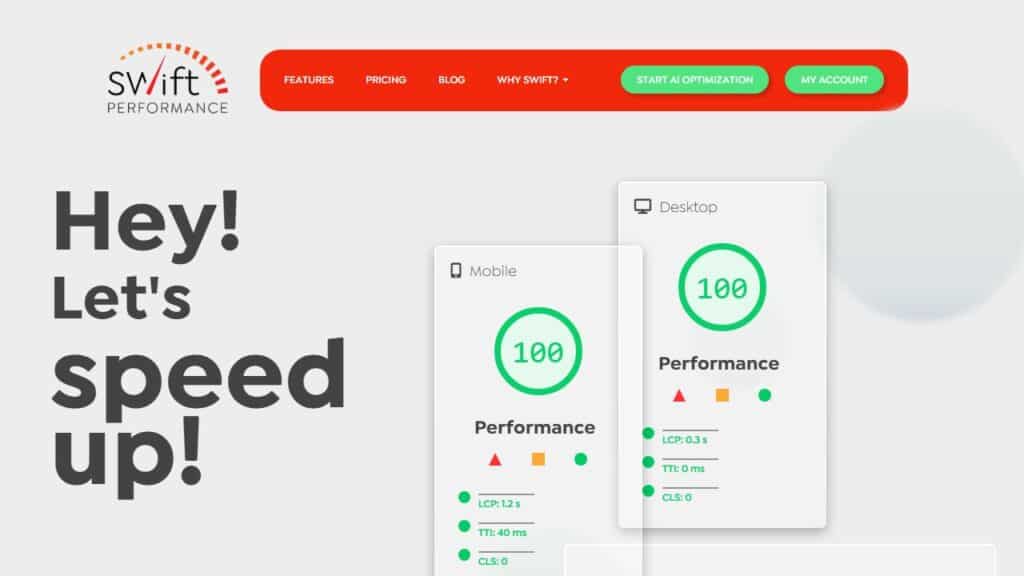

The Impact of Loading Speed on Organic Traffic
Surprisingly, a few seconds’ delay in page load time can lead to a significant loss in organic traffic. This is because search engines like Google consider page speed as a ranking factor. Most importantly, fast-loading websites offer a better user experience, which is a key to retaining visitors and encouraging them to explore more pages. I suggest focusing on optimizing images, enabling compression, and minimizing code as initial steps to improve loading speed.
Additionally, faster websites tend to have higher conversion rates. Users are more likely to complete a purchase or sign up for a newsletter if they don’t have to wait for pages to load. In my opinion, investing in speed is investing in your user’s satisfaction and, indirectly, your site’s SEO performance. It seems to me that website owners often underestimate the impact of loading speed, but it’s crucial for both search engine visibility and user experience.
Moreover, slow-loading websites can increase your bounce rate, as visitors are likely to leave if a page doesn’t load quickly. According to my estimation, every second counts when it comes to keeping a user engaged. Search engines interpret high bounce rates as a sign that a site doesn’t offer valuable content, which can negatively affect your rankings.
Mobile Optimization: A Necessity in Today’s Digital Age
In today’s digital age, mobile optimization is no longer optional; it’s essential. With the majority of internet users accessing the web via smartphones and tablets, websites that aren’t optimized for mobile devices are at a significant disadvantage. Most importantly, Google’s mobile-first indexing means that the mobile version of your website is the benchmark for how Google determines rankings. I recommend ensuring your site is responsive, meaning it adjusts seamlessly to fit the screen size of any device.
Moreover, mobile-optimized sites offer a better user experience, which can lead to increased time on site and lower bounce rates. Users are more likely to engage with and return to a site that is easy to navigate on their device. From my point of view, focusing on mobile optimization is focusing on user satisfaction, which in turn positively impacts your SEO and organic traffic.
Additionally, optimizing for mobile includes improving loading times, as mobile users are even less patient than desktop users. Implementing Accelerated Mobile Pages (AMP) is one strategy I suggest for enhancing mobile site speed. AMP versions can load instantly, providing an almost immediate access to your content, which is critical for keeping mobile users engaged.
Lastly, I believe that mobile optimization should be an ongoing process. Regularly testing your site on various devices and using Google’s Mobile-Friendly Test can help identify and fix issues that could impact your mobile user experience. In my experience, staying ahead in mobile optimization is not just about keeping up with SEO trends; it’s about ensuring your website is accessible and enjoyable for the growing number of users who rely on their mobile devices for web browsing.
Recap of the 4 Essential Tips to Drive Organic Traffic
In our journey to drive organic traffic, we’ve explored four cornerstone strategies that can significantly enhance your website’s visibility and attract more visitors. These tips are not just steps but integral practices that, when implemented effectively, can transform your online presence.
Optimize Your Website for Search Engines: Start with comprehensive keyword research to understand what your audience is searching for. Then, optimize your site’s structure and on-page elements to improve its visibility in search engine results pages (SERPs). Remember, a well-optimized website is easier for search engines to crawl and rank.
Create Compelling Content That Ranks: High-quality, relevant content is the backbone of organic traffic. Focus on crafting content that addresses your audience’s needs and questions. Utilize various formats like blog posts, articles, and evergreen content to keep your audience engaged and encourage shares.
Leverage Social Media to Amplify Reach: Social media platforms are invaluable tools for extending your content’s reach and engaging with your audience. Build a strong presence on the platforms where your target audience is most active, and use compelling content to foster engagement and shares.
Improve Your Site’s Loading Speed and Mobile Usability: In today’s fast-paced digital world, users expect quick and easy access to information. Ensuring your site loads quickly and is optimized for mobile devices can significantly improve the user experience and contribute to higher organic traffic.
Encouragement to Implement These Strategies for Long-Term Success
Implementing these strategies requires dedication and consistency, but the rewards are well worth the effort. Most importantly, I suggest starting with a thorough audit of your current website and online presence to identify areas for improvement. This will provide a clear roadmap for where to focus your efforts.
I recommend setting measurable goals for each strategy and regularly tracking your progress. This will help you understand what’s working and where you might need to adjust your approach. Remember, SEO and content marketing are not overnight successes; they build momentum over time.
Furthermore, I believe in the power of continual learning and adaptation. The digital landscape is always evolving, and so should your strategies. Stay informed about the latest trends and best practices in SEO, content marketing, and social media to keep your tactics fresh and effective.
Lastly, if you ask me, the key to long-term success in driving organic traffic lies in your commitment to providing value to your audience. Focus on solving their problems, answering their questions, and enriching their online experience. By prioritizing your audience’s needs and continuously refining your strategies, you can achieve sustainable growth in organic traffic and, ultimately, in your business’s success.

